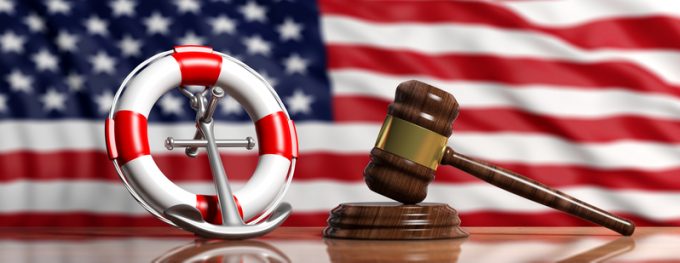US chassis-makers join chorus of trade barrier advocates over 'dumping'
Since mid-January the US government has unleashed a strong push against trade flows with a ...

Senators yesterday introduced two more bills impacting shipping, meaning operators of large foreign vessels could have to pay the US $250bn over the next decade.
One, the International Maritime Pollution Accountability Act, aims to clean up the air around port communities, imposes a pollution fee on large vessels offloading cargo in the US.
Ships with 10,000 gross tonnage or more would face a levy of $150 per ton on the carbon emissions of the fuel burned on the inbound trip, plus fees for ...
Transpacific sees first major MSC blanks as rates fall and volumes falter
'It’s healthy competition' Maersk tells forwarders bidding for same business
Opposition builds for final hearing on US plan to tax Chinese box ship calls
White House confirms automotive tariffs – 'a disaster for the industry'
New price hikes may slow ocean spot rate slide – but for how long?
Shippers snap up airfreight capacity to US ahead of tariff deadline
Supply chain delays expected after earthquake hits Myanmar
Tighter EU import requirements proving 'a challenge' for forwarders

Comment on this article